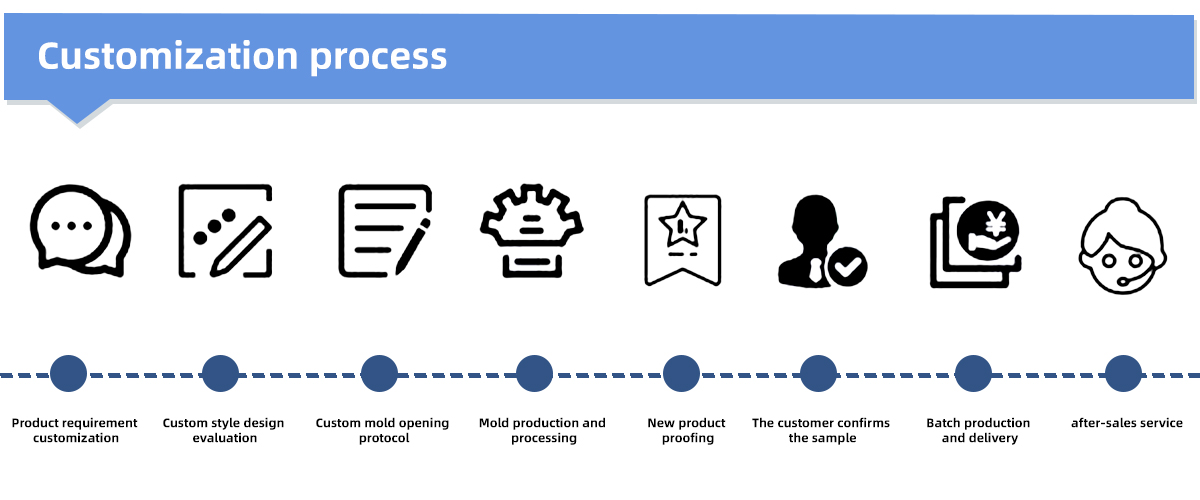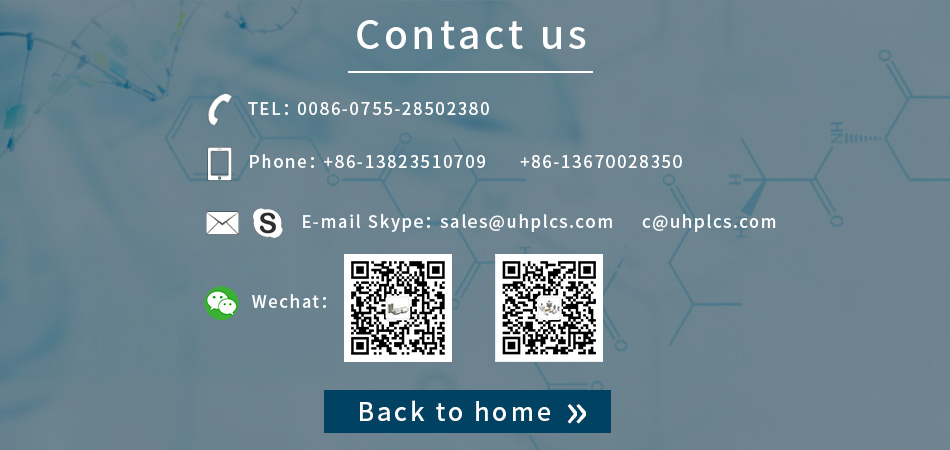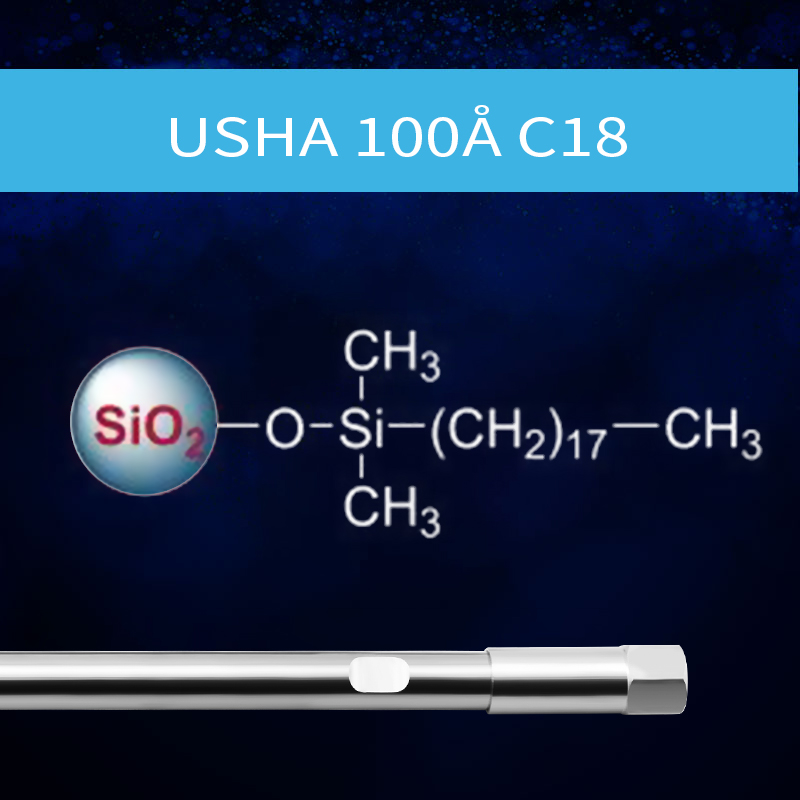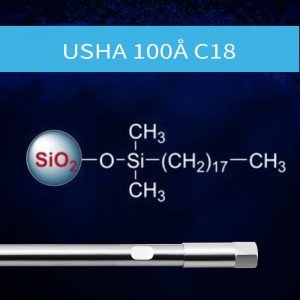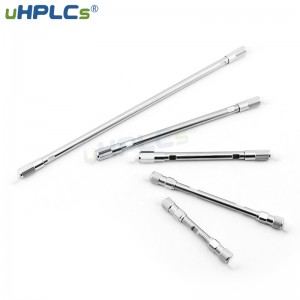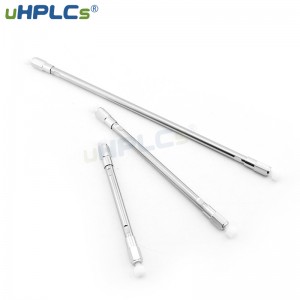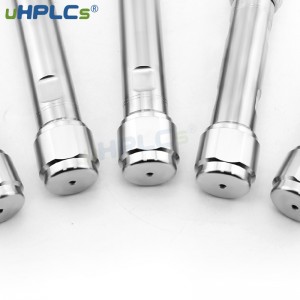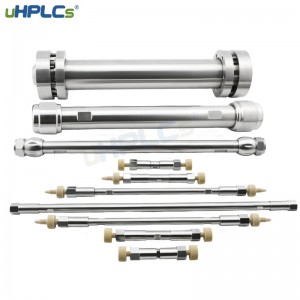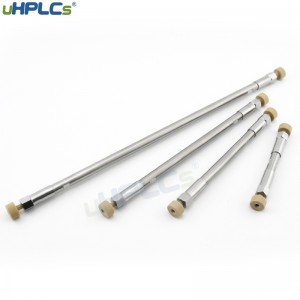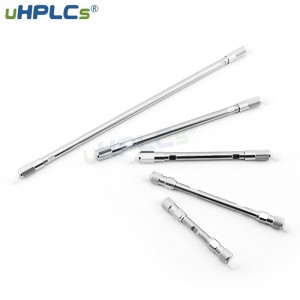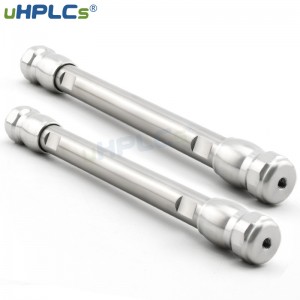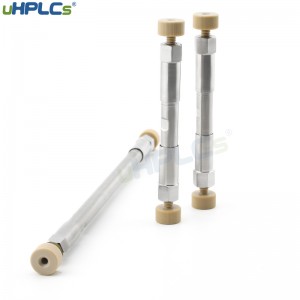Octadecyl Bonded Silica Gel Column
Product Name
Reverse Phase C18 Silica Gel
Synonym Octadecyl Bonded Silica Gel
Loading 17% carbon content
Particle Size 1.8 – 60 microns or more
Average Pore Size 100 Å
1. High-quality silica gel is used as the matrix. The selected silica particles have excellent surface homogeneity and better mechanical strength, laying a solid foundation for the quality of the packing after bonding; the relatively low column pressure extends the column’s life to a certain extent while making it more convenient for customers to carry out routine maintenance of the column.
2. High column efficiency, sharp and symmetrical peak shape. The unique bonding and capping technology enables the ODS column to maintain symmetrical peak shapes when separating alkaline compounds. High column efficiency allows you to easily meet the column efficiency requirements of various industry testing standards with good batch reproducibility.
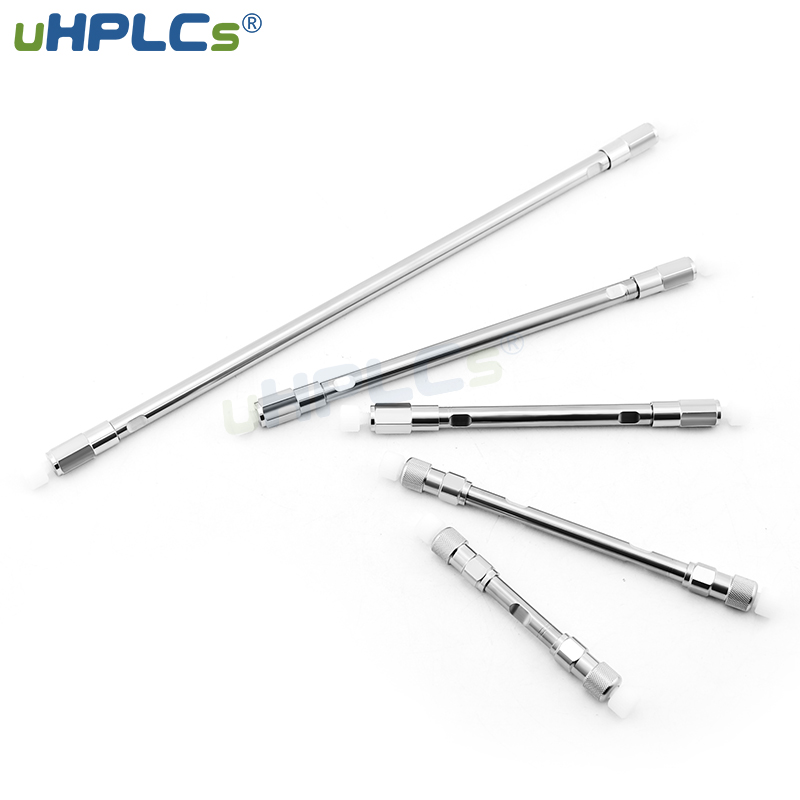
HPLC column storage
1. If the column is not used within 3 days, please rinse the column according to the usual maintenance procedure until the baseline is smooth. Store it in an organic phase/water solution without buffer salts and ion-pair reagents, with the organic phase not less than 20%, and screw the plastic plug with the column to seal it tightly.
2 For long-term storage, it must be stored in 80% methanol or 80% acetonitrile aqueous solution, then remove the column from the instrument and screw the plastic plug to seal it tightly.
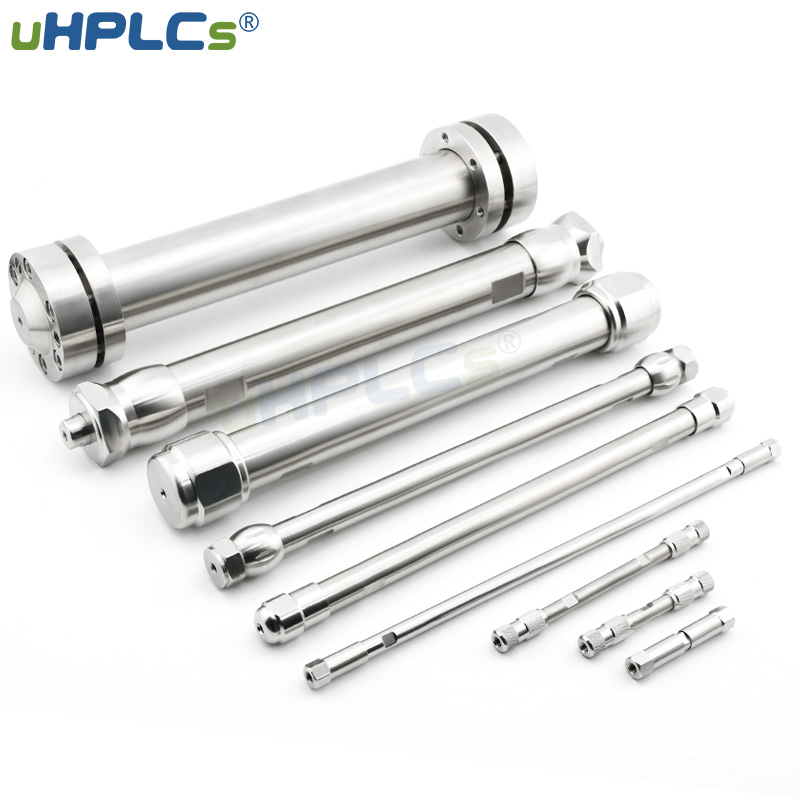
FAQ
1. There has been a debate on the Internet about whether the chromatographic column can be backflushed, what kind of chromatographic column can be backflushed, and what can’t. After recoil, use it forward or backward?
- Generally, the normal-phase column and reversed-phase column should be able to recoil. The purpose of backflushing is to wash away the pollutants at the head of the column. After backflushing, it is better to use it forward, so as to prevent both ends of the column from being polluted. What we have always advocated is forward use and reverse flushing.
2. For the commonly used C18 column, how should we activate and maintain it when we get a new chromatographic column? Why do we do this?
- The activation of a new HPLC column is actually a process of equilibrium. In addition to equilibrating with the mobile phase, sometimes it is necessary to equilibrate the new HPLC column with the measured sample, especially for the determination of peptides with relatively high molecular weight. Because the molecular weight is high, the diffusion speed is slow, and the time required for equilibrium is correspondingly longer. The specific balance method is also very simple. The sample is injected several times until the peak area and retention time are stable, and then the formal injection measurement is performed.
If you want to speed up the equilibration time, increase the concentration of the injection sample used for equilibration, or inject multiple needles continuously without waiting for the elution to complete. The purpose of equilibrating the new liquid chromatographic column with the analyte is to saturate the adsorption capacity of the non-specific adsorption sites on the surface of the silica gel matrix filler.
3. What kind of HPLC column is generally used for the determination of peptides? The mobile phase is acetonitrile and water, and a small amount of TFA. Especially for short peptides like tripeptides, how should I choose an HPLC column?
- Peptides with low molecular weight can generally be determined by using conventional C18 columns, and ion exchange columns, aqueous C18 columns, and Hilic hydrophilic interaction columns are also available.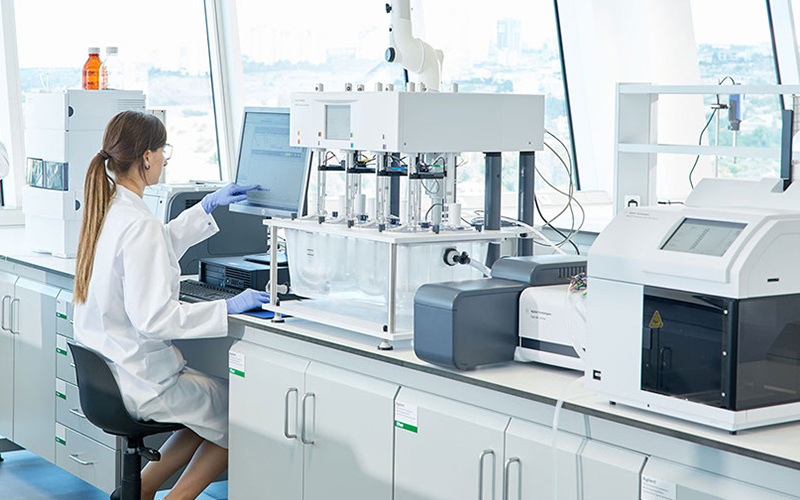
uHPLCs special services:
1. All columns will be tested before delivery and a column efficiency report will be provided.
2. Column loading service is available.